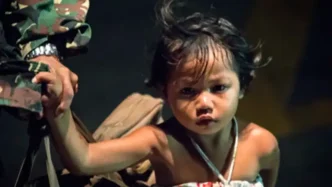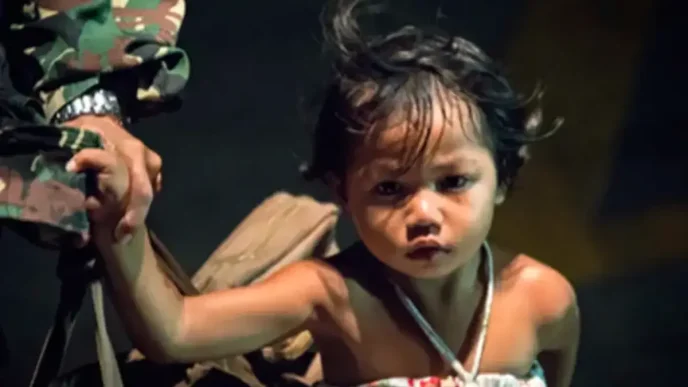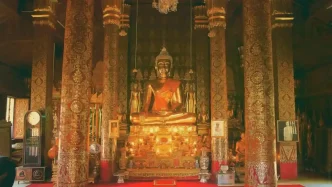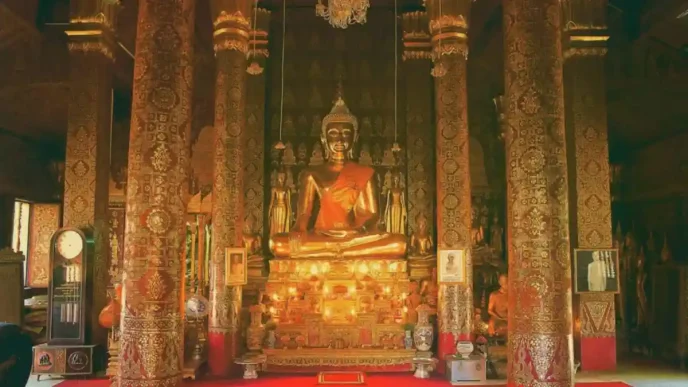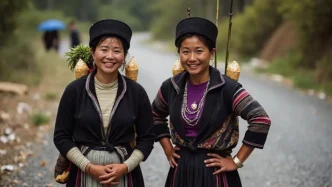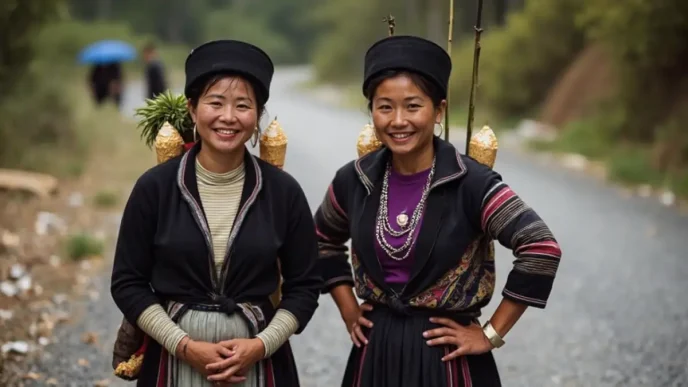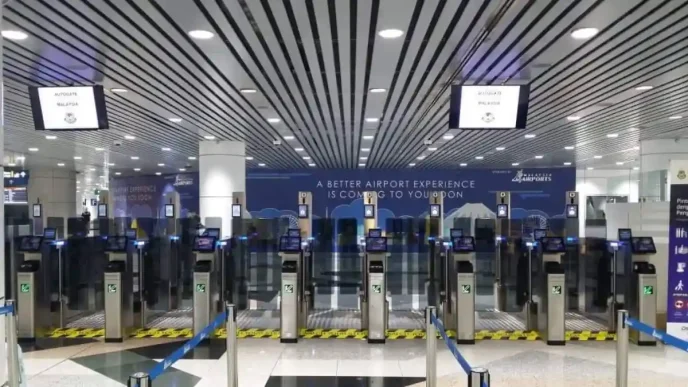As the Hindu festival of Thaipusam approaches on 11 February, the air in Kajang, a town near Kuala Lumpur, buzzes with anticipation. At the heart of the celebrations are the intricate kavadis—semi-circular, arch-like structures carried by devotees on their shoulders as an act of devotion to Lord Murugan, a revered deity in Hinduism. For K. Sevaraja, a 55-year-old property agent and part-time kavadi artisan, this time of year is both a spiritual calling and a race against time to craft these traditional offerings for the thousands of devotees heading to the iconic Sri Subramaniar Swamy Temple in Batu Caves.
Thaipusam, celebrated by Tamil Hindu communities worldwide, marks the triumph of good over evil and is a festival of penance and gratitude. In Malaysia, where the Hindu minority forms a vibrant part of the multicultural fabric, the event draws massive crowds to Batu Caves, a limestone hill with a series of cave temples on the outskirts of Kuala Lumpur. Devotees, often piercing their bodies with hooks and skewers as part of their vows, carry kavadis as a physical and spiritual burden, symbolising their dedication. Among the various types, the mayil or peacock kavadi stands out, adorned with peacock feathers—a nod to Lord Murugan’s divine vehicle.
Sevaraja, whose passion for crafting peacock kavadis was inherited from his late father 26 years ago, remains steadfast in preserving this art form. “The peacock kavadi is more natural and visually striking compared to others,” he says, speaking to local media as reported by Bernama. His family business, now involving his 26-year-old son Satish Raj and a small team of workers, focuses on maintaining the authenticity of the craft. They primarily rent out kavadis to devotees, with prices this year ranging from RM800 to RM1,300 (~US$160-~US250) depending on size and design. Their commitment extends beyond craftsmanship; the team adheres to a strict vegetarian diet during the production process—Sevaraja for 48 days, and Satish for an impressive 108 days—while abstaining from intoxicants to honour the spiritual significance of their work.
Crafting a kavadi is no small feat. Made from materials like rattan, rubber, styrofoam, wooden plates, metal rods, and peacock feathers, each structure is meticulously assembled to ensure durability and aesthetic appeal. Satish prefers rubber over styrofoam for its sturdiness, adding sponges for comfort on the devotees’ shoulders. To enhance their visual impact, especially during night processions, the family incorporates LED lights, transforming the kavadis into glowing spectacles. This year, their workshop has received over 60 orders, including from overseas clients in South Africa and Mauritius, a testament to the global reach of Thaipusam and the enduring demand for their craftsmanship.
Yet, the art of kavadi-making faces challenges in a rapidly modernising world. Sevaraja laments the waning interest among younger generations in pursuing this traditional craft. The meticulous process, coupled with the physical and dietary discipline it demands, may deter many from taking up the trade. Despite this, there are glimmers of hope. Two students from Institut Kemahiran Tinggi Belia Negara in Hulu Langat, Selangor—A. Manikandan and T. Dhenesh Raaj, both 21—have volunteered to assist Sevaraja during their semester break. Driven by curiosity and a desire to learn, they help repair damaged kavadis, offering a small but significant boost to the preservation of this cultural practice.
Thaipusam at Batu Caves is not just a religious event; it is a cultural cornerstone for Malaysia’s Hindu community, drawing tourists and locals alike. The festival’s vibrant processions, with devotees dancing and chanting as they carry their kavadis up the 272 steps to the temple, are a powerful display of faith and resilience. For artisans like Sevaraja and Satish, their work ensures that the spiritual and visual essence of Thaipusam remains alive, even as modernity encroaches. Their dedication reflects a broader struggle to balance tradition with the pressures of contemporary life—a theme resonant across many cultural practices in South East Asia.
As 11 February nears, the peacock kavadis crafted in Kajang will take centre stage at Batu Caves, embodying centuries of devotion and artistry. For Sevaraja, each kavadi is more than a structure; it is a legacy, a prayer, and a connection to his faith and family. In a world where traditions risk being overshadowed by the pace of change, his quiet determination to keep this craft alive offers a poignant reminder of the enduring power of cultural heritage.





